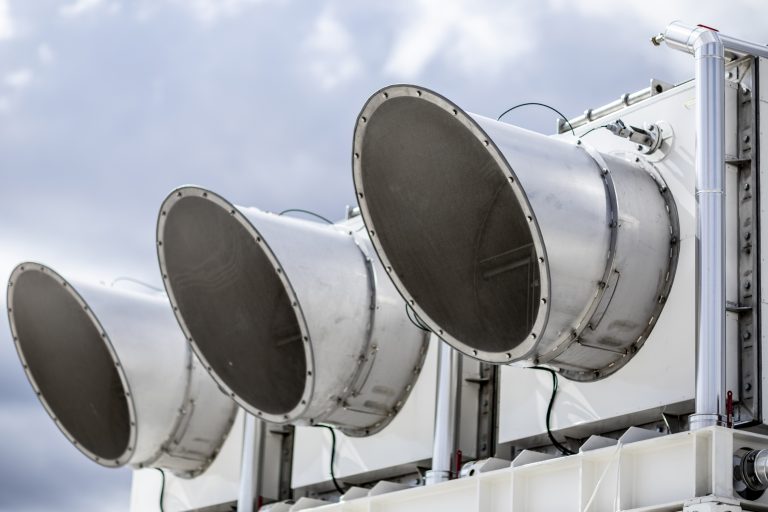A company that recycles atmospheric carbon dioxide starts methane production.

Over time, green technologies are becoming more popular. Earlier this week, LanzaTech announced the production of about 15,000 liters of aviation fuel. The world produces much more fuel every day, but this is special, it was obtained from the gaseous emissions of industrial Chinese enterprises. The fuel was transferred to Virgin Atlantic, the company of Richard Branson, and the plane, which was filled with this fuel, has already made a successful flight.
This week, the Swiss company Climeworks, which deals with atmospheric carbon dioxide utilization, announced the creation of a plant in Italy that will consume CO2 from the atmosphere and produce hydrogen. The latter will be used in the methane production cycle.
The plant has already been built, it was created in July, its launch (so far in test mode) took place last week. It is clear that an enterprise of this type is not a cheap pleasure, and it would not be easy for a startup to find funds for the implementation of such a project. The European Union found the money and financed the project.
')
This is the third plant of the company engaged in the processing of carbon dioxide. The first venture was not too large, rather, it was about creating a small plant that captures CO2 from the atmosphere and allows it to go into greenhouses, where plants grew faster as a result of an increase in carbon dioxide concentration. The second plant was built in Iceland, where it translates CO2 from a gaseous state into a bound one. Gas is literally “injected” into the lithosphere of volcanically active regions (all of Iceland, in essence, is such a region), where it is chemically bound to basalt.
The second option of carbon dioxide utilization is rather difficult to implement technically, so the project implementation was somewhat problematic. Nevertheless, the company management declared about the long-term operation of the installations without failures, “not a single gap” was noticed for quite a long time. It is worth noting that the design of the second plant is modular, it can be expanded, thus increasing the plant capacity.
As for the third variant of the industrial enterprise, it will work not round the clock, but only 8 hours a day. His task is to demonstrate the possibility of producing fuel "from the air." It is clear that fuel, burning, will release the reaction products, including carbon dioxide. But the plant will capture CO2 again and again, so the “technogenic cycle of carbon dioxide” will be carried out. If you scale up production, then C02 consumption and production of fuel for aircraft will also increase in volume.
So far, the plant's installation includes three air collections, which, according to the project managers, are very energy efficient - more than previous versions. In the year the plant, with the current amount of work, can collect about 150 tons of carbon dioxide. Installation of the plant allows to produce about 240 cubic meters of hydrogen per hour, using the energy generated by solar panels.

Aviation fuel produced from carbon dioxide
Hydrogen is then bound to CO2 (it is also isolated from atmospheric air) with the help of catalysts. The reactor that performs this operation was developed by the French company Atmostat. Methane is purified and used for industry. It is then converted into liquid under pressure and used for industrial purposes.
Despite the fact that the plant is already running, it is economically inefficient. Unfortunately, the path to profitability is very long. As mentioned above, the production is able to "withdraw" only about 150 tons of carbon dioxide per year. And the annual amount of emissions of this substance into the atmosphere is 30-40 gigatons, and this indicator increases every day.
Whatever it was, production is still working, and investors are clearly interested in this technology - the company recently closed another round, receiving about $ 30.8 million.
Climeworks is not the only company that deals with such projects, the number of such startups is gradually increasing, which gives hope that in the end companies will still reach much larger volumes of carbon dioxide consumption.
Source: https://habr.com/ru/post/425621/
All Articles